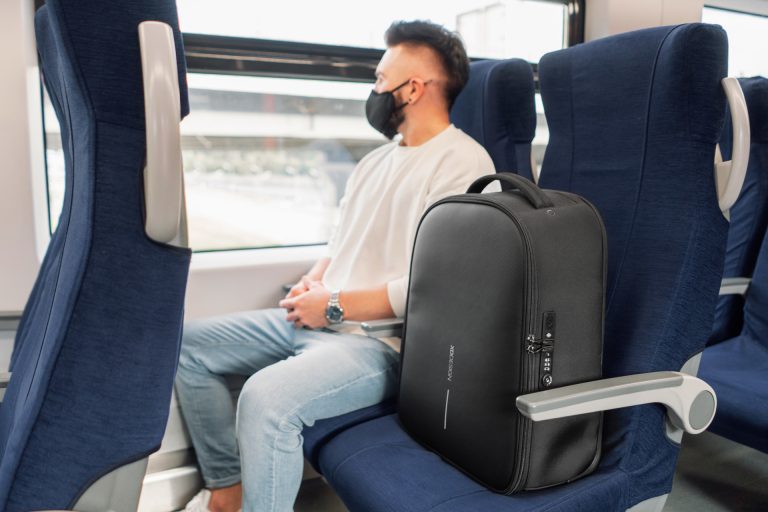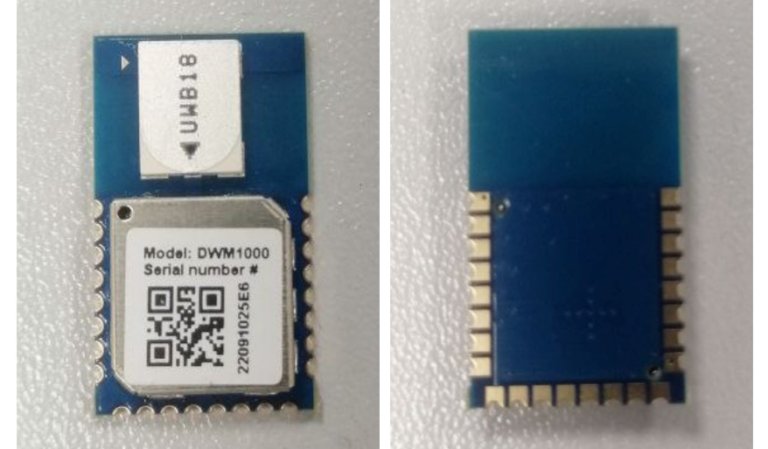Everything will work out. How X5 looked closely at Chinese robotics
We recently went to China to visit the CeMAT Asia exhibition, and just once again to see what’s new in retail and robotics. In 2019, we already wrote about how we were amazed by Chinese innovations. We decided to check our impressions years later, see with our own eyes the latest achievements of automation and, of course, share them with the readers of the X5 Tech blog.
Why did we go to China?
China is now a world leader in a number of areas that, it would seem, are not directly related to robotization, but radically influence it.
And these are not our fantasies. Look here. According to the IFR (International Federation of Robotics), China is in the lead in the transition to automated processes – the country is introducing industrial robots at breakneck speed in all sectors of the economy. Thus, in 2022, this country accounted for more than 50% of newly installed industrial robots worldwide. This makes it the largest market globally.
In addition, as everyone knows, China has a high population density, which means there are large flows of customers in stores. And also, delivery services for everything have been well developed there for many years, electric transport is developing and all possible areas of life are being robotized. That’s why we, as part of several X5 divisions, went to such a distance to see the future with our own eyes.
By the way, during the trip we not only visited the CeMAT Asia exhibition and looked at 80 thousand sq. m. meters of various industrial robots, but also visited 10 automated facilities of leading companies in five provinces of China to get acquainted with their experience and implemented solutions.
The main conclusion we made is this: robotics in China is now developing as a systemic solution – not studying, but scaling.
The Chinese automate and robotize everything, using already proven techniques. Even in small warehouses with an area of 5-6 thousand square meters. meters, robotic systems have already been installed here. That is, we saw progress not so much in the development of technologies, but in the scale of their application.

5 years ago, the difference between Chinese and our retail in terms of the level of innovation was, if not cosmic, then noticeable. Now we have caught up with them in many aspects, and the difference is due, rather, to a different consumer consumption profile and the scale of technology implementation. For example, in Chinese stores they can buy eggs individually, and even boiled ones – but we prefer to buy them in packages at once.
A little about the origins
It seems to us, and with each trip this opinion is strengthened, that such large-scale robotization in China must be looked at, taking into account their general approach to solving energy and logistics issues. There are many alternative energy sources here. When you drive along the streets of Chinese cities, even small ones by the country’s standards (with 4-5 million inhabitants), 70% of the cars around are electric cars. This makes the streets quiet – after all, electric transport is silent.
And there is a very practical explanation for this popularity of electric vehicles. Firstly, traditional fossil fuels are quite expensive here: gasoline and diesel. Secondly, electric vehicles are affordable and produced in China in huge quantities. And, by the way, technology and quality are at their best, European automakers are studying and borrowing electric vehicle technologies here, yes, yes.
These factors greatly influence the popularity of “electric trains”, and subsequently robotization, because simplified logistics and warehouse activities with minimal human influence mean a reduction in both transport and personnel costs.
What is CeMAT about?
CeMAT is an exhibition whose participants present a wide range of warehouse equipment, warehouse technology and automation systems. Let's say right away: the Chinese CeMAT is radically different from its Russian counterparts. For example, in Russia we saw a large number of data collection terminals (they are presented at almost every second stand), but in China there is no such thing – there we found, at best, one or two stands for the entire exhibition.

In China, they are focusing on large-scale robotization, moreover, represented by major players. You walk around the exhibition and see a dozen exhibitors with only floor-standing robots. A dozen more offer shuttle robots. This means there is a demand for such solutions. There are also loading systems, conveyors, and variations of robotic arms. Interesting fact: at the entire huge exhibition, among all this triumph of robot labor, we saw only one exoskeleton.

Are the Chinese chained to their jobs?
Having traveled to the warehouses of large companies, we realized that in China, robotization is primarily taking place in those areas where there is human “travel” and 30-40% of the order picking time is spent walking between racks. So, in China a person is “chained” to his place. Everything is arranged in such a way that the employee does not need to go anywhere – AGV robots, which the whole of China is obsessed with, come to him themselves and bring entire racks. AGV robots are used to move loads autonomously, thereby increasing productivity.

We visited, among other things, the warehouses of Chinese electronic retailers – for example, JD.com (similar to our Wildberries), as well as Freshippo. Local e-com actively uses floor and shuttle robots as robotization tools. Almost all robotics are locally produced. Warehouse equipment in some places comes from German brands.

And about retail
We are, after all, representatives of food retail. So we can’t help but talk about robotization and digitalization of trade processes itself.
For example, in one of the retail chains we saw a robotic sorter. This is a sorting belt designed for sorting tangerines. And no, not by freshness or quality – here they are sorted into 12 categories: by type, size, etc., that is, they are actually calibrated. In this way, uniformity of fruits in a certain price category is achieved. Comfortable? Yes. Customer-centric? It’s debatable, since control over the entry of low-quality products is still not robotic.
Then we walked around the trading floors. Electronic price tags are everywhere here – but often these are just cheap tablets that display an image rather than a barcode.

But where our retail has already made a giant leap is self-service checkouts. Yes, we have them (both in X5 and not only), and we are rightfully proud of them. But here in China, we were amazed by the speed of reading and operation of self-checkouts. In addition, all payment processes are based on ID and biometrics.

A couple more insights about the warehouses themselves. We were surprised by how China is increasing storage density in warehouses. They are implementing AS/RS systems that reduce the area of aisles between stands in warehouses – this increases productivity by increasing the speed of placement and delivery of goods. Essentially, these are huge racks, between which there are stands, inside of which there are elevators moving on rails along the aisles.

Much attention is paid to operating system automation. For example, robotic scrubbers, manipulators for loading and unloading, and automated pallet wrappers are popular in China, but all these items require additional testing at X5 facilities.

General impressions
Summarizing our impressions of the trip, we can say: China continues the trend towards automation and robotization of processes, thus reducing costs and expenses for transportation, storage, sorting, etc. At the same time, the Chinese warehouses themselves still have room to grow, and it became clearer to us, in what direction to develop.
Yes, some technologies still seem expensive to Russian business. But in China they are already available even to medium and small companies. This means that soon something similar will come to Russia.





